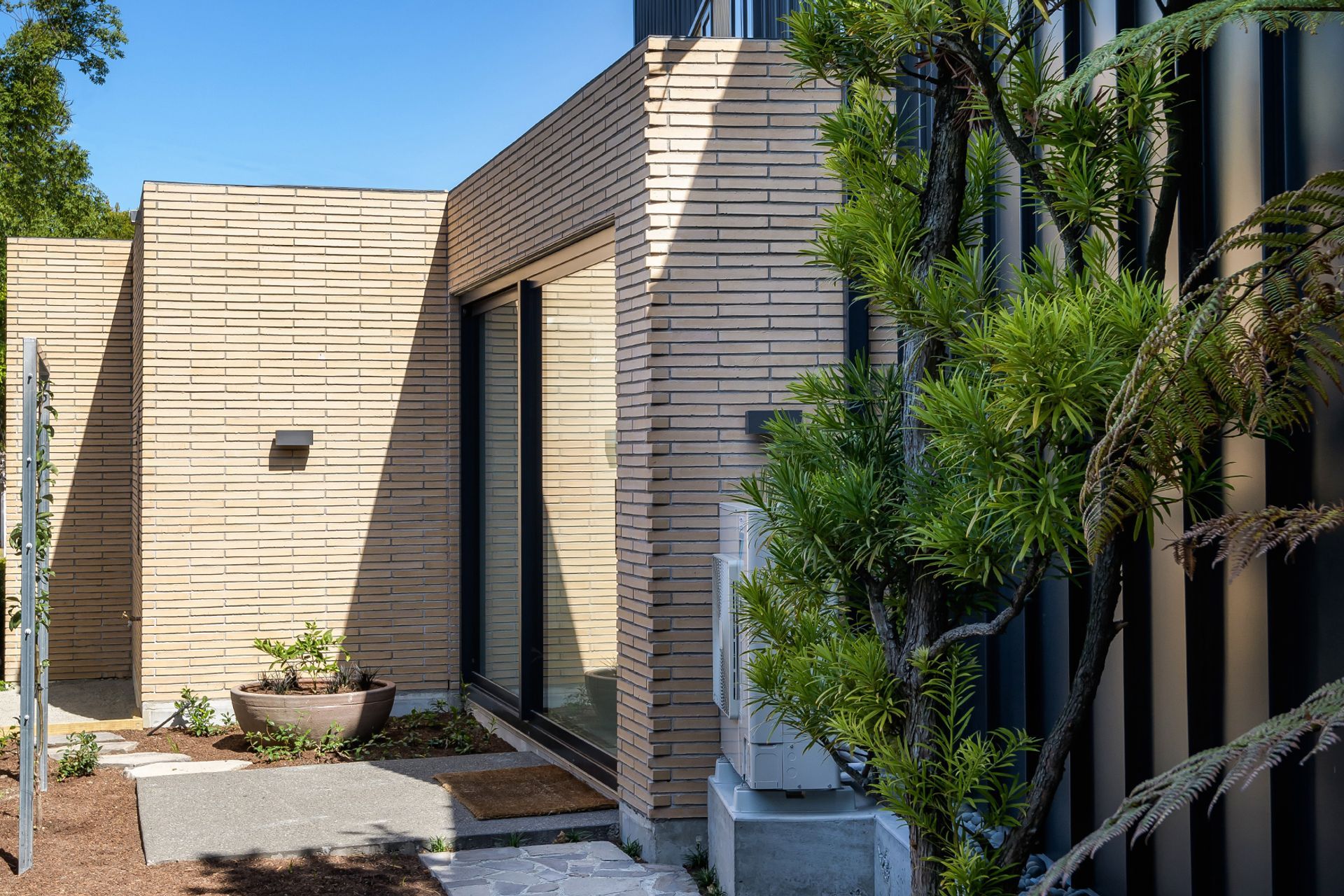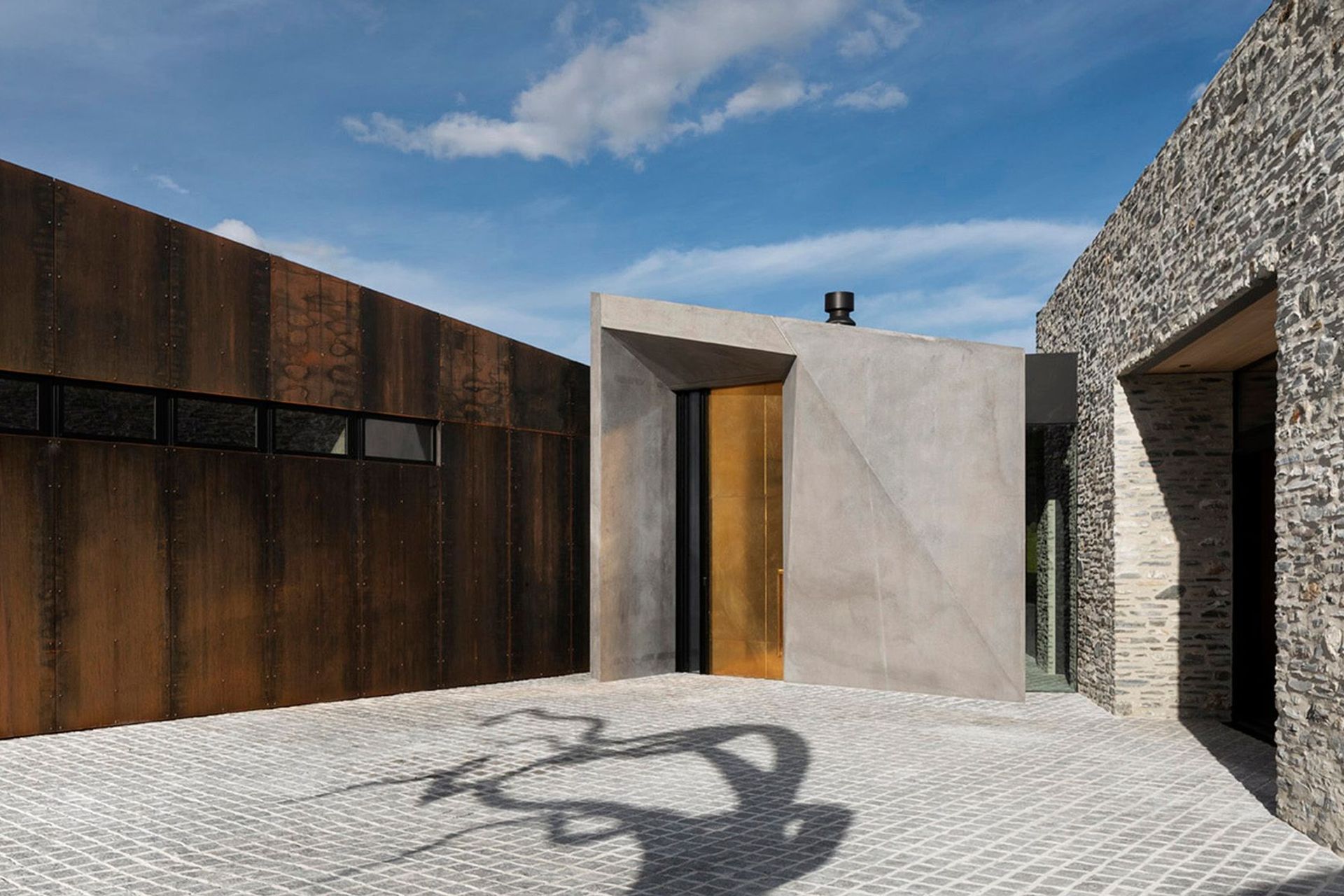How to choose the best cladding

If your house was a person, cladding would be its coat. It’s the outermost layer everyone sees, and provides style, protection from the elements and thermal insulation.
But as with coats, there are many different kinds of cladding to choose from, all with different properties and aesthetics suited to different environments and designs.
Here’s what you need to know when choosing cladding.
What do I need to consider when choosing a cladding material?
There’s no one perfect cladding material that beats all others in every situation; what’s most suitable will depend on a number of factors, including your budget, the location and climate, and your taste.
Local council restrictions and covenants on your land’s title can limit the choice of cladding that can be used, so be sure to check if there are restrictions in place before you start considering different options that aren’t allowed.
The local climate will also influence your choice of cladding. Different materials cope better with different temperatures, humidities, and rain and snowfall patterns. What’s appropriate in coastal Auckland, for example, might not be as suitable in Queenstown.
When choosing cladding, these are the factors you’ll want to consider:
What does it cost?
As with all building materials, costs per square metre vary for different kinds of cladding.
Remember to factor in lifetime maintenance costs as well as installation in price considerations. Your architect or cladding professional is the best person to talk to for this type of advice.
How easy is it to install?
Some cladding materials are quick and easy to install whereas other options take more time and labour to complete. In general, the more complex the installation, the higher the overall project costs as you'll likely need the services of an experienced cladding installer.
How does it look?
Stone creates a very different aesthetic to timber: does your chosen material fit with the exterior design of the house? Discussing the options with your architect or designer from the outset will help to narrow down the types of cladding that are suitable for the style of house being designed.
How does it wear?
The appearance of cladding can change over its lifetime. Some will look the same as the day they were installed, whereas others can change quite dramatically over time. For example, copper will create its own patina over the years as will other ‘living metals’. Timber such as cedar will silver off if left without stain, while other materials are designed to be completely colourfast such as bricks, where the colour is fired into the material at such a high temperature it will not change over the years.
How long does it last?
Cladding materials have different lifetimes, with some as short as 20 years and some as long as 80 years or longer. As previously mentioned, be sure to factor this into your cost equations.
What maintenance does it need?
Some cladding options require minimal cleaning and upkeep whereas others need periodic resurfacing, treating, staining or painting. This upkeep can be expensive so it pays to carefully consider what level of maintenance you are happy to undertake and at what intervals.
How does it contribute to insulating the house?
Exterior cladding is the first line of defence against the outdoor elements and as such contributes to the overall thermal resistance of the house.
The R-value of a cladding material describes its ability to resist thermal energy transmission. Materials with higher R-values are better insulators than those with lower values.
Insulation is always added in the walls, so a cladding material with a low R-value isn’t necessarily out of the question in a cold environment — you may just need to compensate with the insulation material you line the walls with.
What kinds of cladding materials are available?
Here are some of the cladding options available in New Zealand.
Timber
Timber cladding is a popular material used all over the country. It provides a timeless look and exudes classic Kiwi style.
It’s versatile and durable, and when sourced from sustainable forests can be an environmentally friendly option.
Timber cladding needs to be either painted or stained every few years to keep it in good shape. Depending on the species of timber used, timber cladding can last up to 60 years when properly maintained.
Brick
Brick cladding is great for providing character and is very versatile in terms of style.
Bricks are often made from natural materials, making them environmentally friendly, and are incredibly durable. They are also very resistant to temperature change, making them effective insulators when combined with the right insulation, and are highly fire resistant too.
Maintenance is minimal but construction can take longer than other methods.
Stone
Stone cladding is a long-lasting cladding material that comes in two formats: natural stone and veneer.
Natural stone cladding is stone that has been quarried and then shaped into bricks or slabs with no additional changes. Veneer, on the other hand, is a composite material manufactured to look like natural stone. The latter is cheaper and is very similar to natural stone in look and feel.
Stone cladding is similar to brick cladding in terms of durability and maintenance, but also in terms of sometimes taking longer to install than other cladding materials too, depending on the format (large blocks or small, irregularly shaped stones).
Metal
Metal cladding is a strong yet lightweight cladding solution. It can work well on homes with modern, angular designs, and comes in a variety of finishes or pre-painted colours.
Aluminium and steel are the most common metals used for cladding, with aluminium being the cost-effective option, and steel providing a bit more strength without too much more cost.
Beyond that there are more unconventional options: bronze, zinc and copper can all be used as cladding materials and create striking profiles when they are.
What all metal claddings share is an ability to be easily cut, bent and shaped into different configurations.
Concrete
Concrete cladding is exceptionally strong, weatherproof and low maintenance. It’s also a very effective insulator and is non-combustible, making it one of the most fire-safe cladding materials.
While concrete can always be poured and cast on site, precast concrete is an increasingly popular option.
Precast concrete is usually formed into panels, but it’s also made into large blocks and small bricks.
You don’t just have to go for the traditional grey either; concrete cladding comes in a wide variety of colours and textures, giving it the ability to complement many different design styles.
Fibre cement
Fibre cement is a composite material created using sand, cement and cellulose fibres. It’s usually cast into strong sheets but can be cast and flexed into different shapes depending on what’s needed.
One of the more popular uses for fibre cement cladding is to emulate timber weatherboard cladding. This technique gives the same tiered look as timber cladding, but is hardier and requires less maintenance over time.
Monolithic cladding often uses fibre cement sheets, as it’s an easy way to cover a large surface with relatively little effort. The sheets can be painted or even have a custom texture rolled onto them to create more aesthetic and textural diversity.
There is no one-size-fits-all cladding solution. Consider what you want from your cladding and eliminate those options that don’t fit the bill.
A great way to begin choosing your cladding is to browse through ArchiPro’s library of projects. When you find a house with cladding you like, add it to your Design Board and then check the tags on the photos — they’ll tell you what the product is and who can supply it for you.
<sup>Top banner image credit: </sup><sup>Rosenfeld Kidson & Co</sup>







